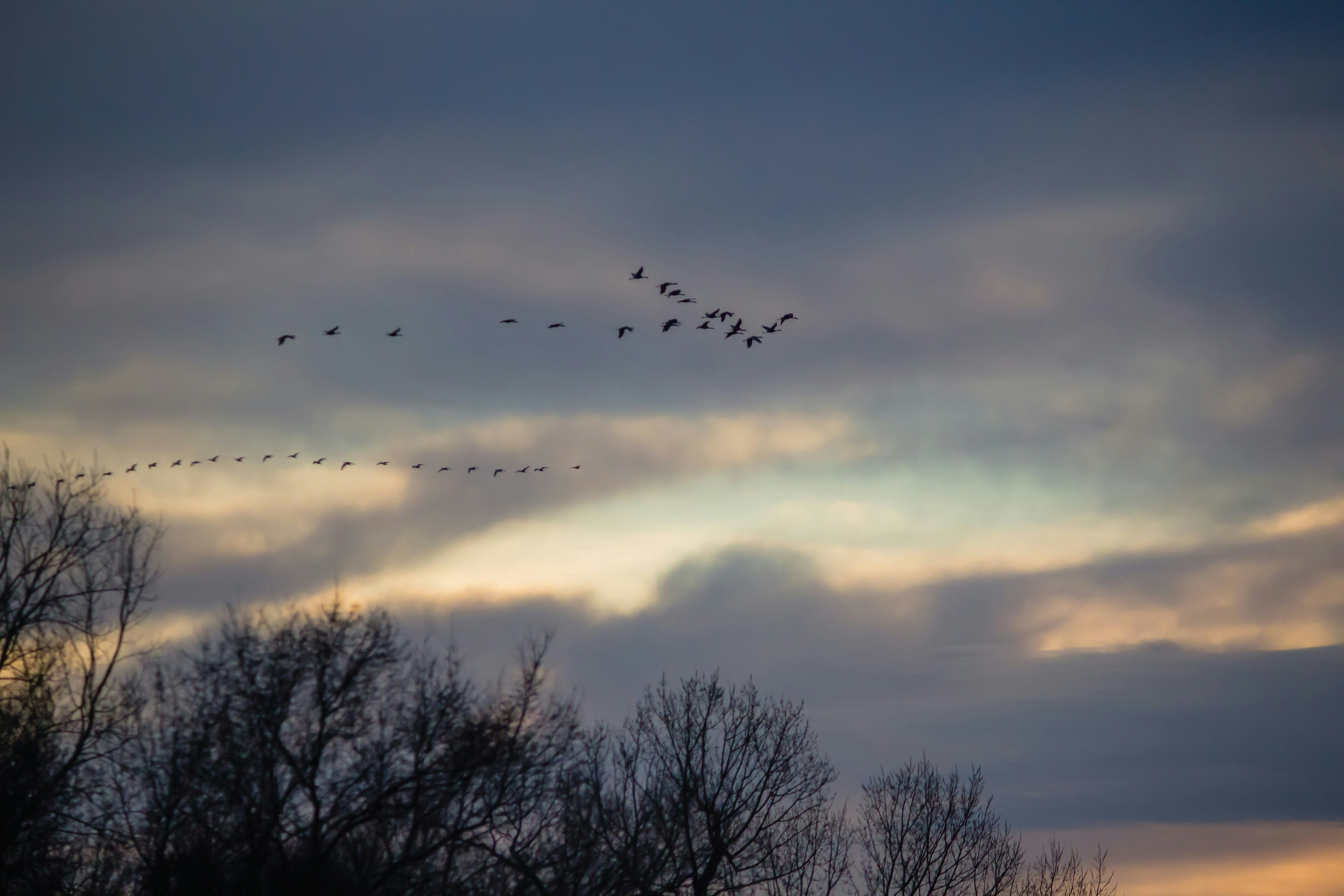
World Migratory Bird Day - Supporting Birds that Support our Environment
World Migratory Bird Day has been celebrated annually since 1993 to raise awareness of the threats migratory birds face, their ecological importance, and the need to conserve their populations. World Migratory Bird Day is celebrated on the second Saturday of May each year (in the Southern Hemisphere, it is celebrated on the second Saturday of October). This year, World Migratory Bird Day takes place on May 10th. The time of celebration corresponds with typical peak arrivals of migratory birds.
Since 1970, North America’s bird population has declined by nearly 3 billion, equating to over 1 in 4 birds disappearing since 1970. Conserving bird populations is important because birds provide numerous benefits such as pollination, pest control, seed dispersal, and billions of dollars to the economy each year. Additionally, being around birds often results in improved mood, health, and cognitive function.
Nebraska is part of the critical migratory pathway called the Central Flyway. Nebraska’s wetlands, grasslands, and rivers provide migratory birds with a source of food and a place to rest. Nebraska’s Platte River Valley provides many migratory birds, including Sandhill Cranes and Whooping Cranes, a place to stop and refuel during their long journey. Migratory birds commonly spotted in Nebraska include the American Robin, Turkey Vulture, Red-tailed Hawk, Yellow Warbler, Sandhill Crane, and Swainson’s Hawk.
Ways You Can Help Migratory Birds
- Planting native plants and protecting already existing natural habitat will help protect birds by providing them with resources and shelter while adding beauty to the landscape.
- Reducing light pollution at night helps birds navigate better and reduce collisions with buildings.
- Making windows safer for birds. Reflective glass can realistically appear as habitat and sky to birds and cause collisions. It is estimated that up to a billion birds die per year from window collisions. To help reduce collisions, you could install window screens or break up the reflections with creative designs.
- Monitoring outdoor cats to prevent killings. Cats are estimated to kill over 2.4 billion birds annually in North America.
- Reducing your plastic use or even participating in cleanups can help prevent plastic from causing damage to birds.
- Supporting shade-grown and bird-friendly coffee. Coffee grown in the shade provides more benefits to the habitat than coffee grown in the sun does.
- Participating in citizen science helps inform how to better conserve bird populations.
- Avoiding use of pesticides or other chemicals that harm birds and their habitats. Insect populations are estimated to be declining by 9% each decade. Many bird species rely on insects as a food source, especially when migrating. Major reasons causing insect and bird populations to decline are cutting down trees, converting natural landscape to farmland, and chemical pollution.
- Allowing grazing animals to roam over a landscape, resulting in their hooves stomping down weeds and less desirable plants, which allows more native plants to grow and improves the quality of the grassland for the birds to enjoy.
Resources:
- Nearly 3 Billion Birds Gone | Birds, Cornell Lab of Ornithology
- Seven Simple Actions to Help Birds | Birds, Cornell Lab of Ornithology
- Vanishing: More Than 1 in 4 Birds Has Disappeared in the Last 50 Years | All About Birds
- Creating Bird-Friendly Cities and Communities - Webinar - World Migratory Bird Day 2025
- Stewards of the Land: Ranchers on the Front Lines of Conservation | U.S. Fish & Wildlife Service

